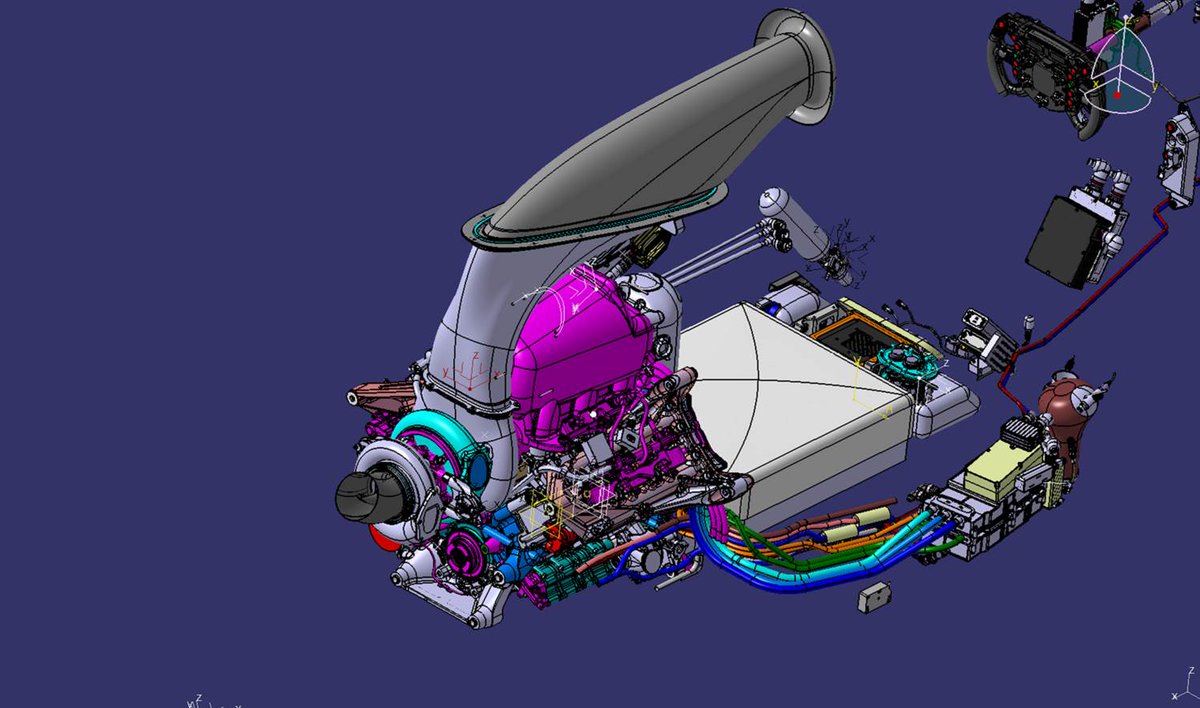gruntguru wrote:Not sure what are the objections to fork and blade rods. In hydrodynamic terms you effectively have three bearing shells sharing the journal instead of two, ie four leakage paths instead of three. Since the two inner faces are low relative velocity (forked rod rocking relative to blade rod) and the axial tolerance between fork and blade much easier to control, the clearances could be closed up and perhaps even sealed completely with an o ring, piston ring or labyrinth seal. The result would be better hydrodynamic performance than side-by-side rods. From there you can reduce the length and or diameter of the crankpin, with a reduction in friction.
First off, the discussion started when someone proposed using forked rods for shortening the crank pin. This leads to a reduction in projected area regardless of whether you use conventional rods or forked rods.
Secondly it will be very hard to achieve a good bore stiffness for the forked rod big end bores.
On a conventional rod the beam widens close to the big end in order to provide stiffness and prevent bore distortion (elongation) at high tensile loads associated with high engine speeds. Additionally, as the 2 big ends on the forked rod are off-centre they will tend to tilt under load, leading to increased edge loading.
Not let's say you want to add some crowning to alleviate the high edge loading - what you end up with is 2 skinny bearings with even less area.
Also, 'sealing' the bearing is not necessarily helpful in high speed engines - you should actually be looking at encouraging flow out of the bearing in order to remove heat quicker - this is typically achieved by increasing the crush relief height and adding grooves in the side of the rod for crank guided rods.
.... It should provide better control over timing of ignition/directing jets etc. This would work great; even better if you could control it with a solenoid. Just add a plug and drill some holes for the jets !




